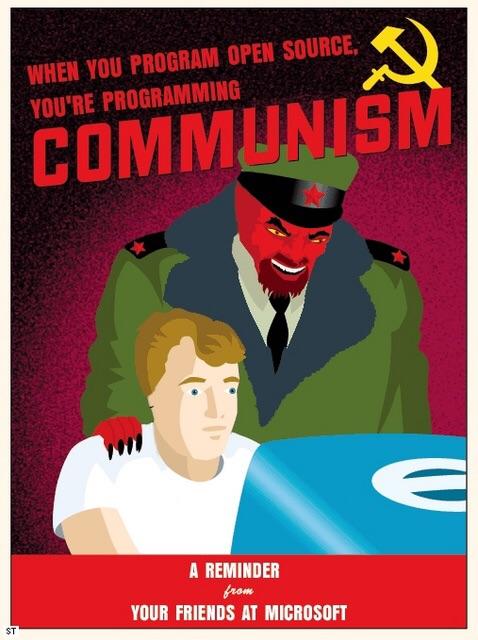

Most people hate this. It’s just impossible for the average person to do anything about it because very few politicians support changing the current system. In the 2020 election for instance there were like 2 dem candidates and 0 Republican candidates who wanted a public option for health insurance. Nationalizing the whole thing, NHS style, is completely off the table.







Huh, do you have any cultures in mind?